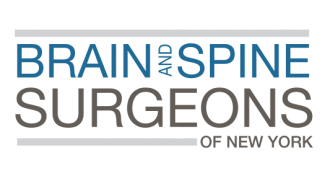
Treatment
When scoliosis appears in children, treatment often isn’t necessary because the curve typically corrects itself as the child grows. However, checkups every four to six months are recommended to monitor the condition. Depending on the child’s age and degree of curvature, treatment could be indicated.
The type of treatment indicated depends on several different factors:
- Gender– Scoliosis in girls tends to progress faster than in boys.
- Curve severity– The larger the curve, the more likely it is to worsen over time.
- Curve location– Curves that are located mid-spine (thoracic) tend to worsen more often than curves located in the upper or lower spine.
- Curve shape– S-shaped curves typically worsen more often than C-shaped curves.
- Age – In children, if bones have stopped growing then the risk of curve progression is low.
When surgery is indicated, BSSNY surgeons use the most advanced techniques available today to bring scoliosis patients the very best outcomes. Although we are experts in all types of surgical procedures for scoliosis, whenever possible we use minimally invasive, endoscopic surgical procedures to speed recovery, lower risk, reduce pain, and prevent damage to healthy tissue.
We usually recommend surgery for adolescents and adults when the curvature is greater than 45 degrees. It can also be performed in cases of milder curvature if the scoliosis symptoms cause pain or if the condition poses a health risk. The goal is to straighten and balance the spine and secure it in place through spinal fusion so curve progression stops while skeletal maturity is reached.
The surgery does not cure scoliosis; rather it is a way to correct the curve and manage the progression of the disease to avoid greater deformity.
Following surgical treatment, no external bracing or casts are used. The hospital stay is generally between four and seven days and patients can perform regular daily activities in three to four weeks. Depending on the activities of the patient, full participation is allowed between three and six months after surgery. For adults, the length of recovery following surgery varies, depending on the nature of the deformity, the extent of surgery required, and the age of the patient. Often, adult patients benefit from a brief period of time in an inpatient rehabilitation facility following the initial hospital stay.










